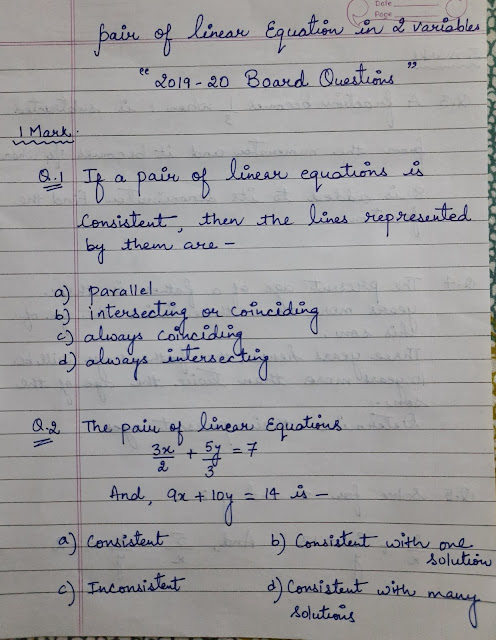Spherical Mirrors
A mirror
whose polished, reflecting surface is a part of a hollow sphere of glass or
plastic is called a spherical mirror.
The
spherical mirror is classified as:
1. concave mirror – a
spherical mirror whose reflecting surface is bent inwards is called concave
mirror.
2. convex mirror - a
spherical mirror whose reflecting surface is bent outwards is called concave
mirror.\
Terms related to spherical mirrors:
- Pole
·
The center of a spherical
mirror is called its pole .
·
It lies on the
reflecting surface of a spherical mirror
·
Is represented by
letter P .
2. Centre of curvature
·
The reflecting surface
of a spherical mirror forms a part of a sphere. This sphere has a centre. This
point is called the centre of curvature of the spherical mirror.
·
It is represented by
the letter C.
·
The centre of
curvature is not a part of the mirror. It lies outside its reflecting surface.
·
The centre of
curvature of a concave mirror lies in front of it. However, it lies behind the
mirror in case of a convex mirror.
3. Radius of curvature
·
The radius of the
sphere of which the reflecting surface of a spherical mirror forms a part, is
called the radius of curvature of the mirror.
·
It is represented by the letter R.
·
The distance PC is
equal to the radius of curvature.
4. Principal axis
·
Straight line passing
through the pole and the centre of curvature of a spherical mirror is called
principle axis of the mirror.
·
The principal axis is
normal to the mirror at its pole.
5. Aperture of the mirror
·
Portion of the mirror
from which reflection of light actually takes place is called the aperture of
the mirror.
·
Aperture of the mirror
actually represents the size of the mirror.
·
Distance MN represents
the aperture.
Principle
focus and focal length of a Spherical Mirrors
- Consider
light rays parallel to the principal axis are falling on a concave mirror.
By observing the reflected rays we conclude that they are all intersecting
at a point F on the principal axis of the mirror. This point is called the
principal focus of the concave mirror.
- In
case of convex mirror rays get reflected at the reflecting surface of the
mirror and these reflected rays appear to come from point F on the
principle axis and this point F is called principle focus of convex
mirror.
- The
distance between the pole and the principal focus of a spherical mirror is
called the focal length. It is represented by the letter f.
- There
is a relationship between the radius of curvature R, and focal length f,
of a spherical mirror and is given by R=2f which means that that the
principal focus of a spherical mirror lies midway between the pole and
centre of curvature.
Characteristics of Concave and a Convex Mirror
|
Convex Mirror
|
Concave Mirror
|
|
Reflecting
surface is curved outwards.
|
Reflecting
surface is curved inwards.
|
|
The focus is
virtual as the rays of light after reflection appear to come from the focus.
|
The focus is
real as the rays of light after reflection converge at the focus.
|
|
The focus lies behind
the mirror
|
The focus is in front
of the mirror
|
|
Diverging mirror
|
Converging mirror
|
|
Image Cann’t be projected
on a screen
|
Image Can be projected on a
screen
|
Note
: A concave mirror is also
known as a converging mirror as the parallel rays of light after getting
reflected from the concave mirror converge at the focus.
A
convex mirror is known as a diverging mirror as the parallel rays of light
after reflection appear to come from a point, i.e., the rays diverge after
reflection.













